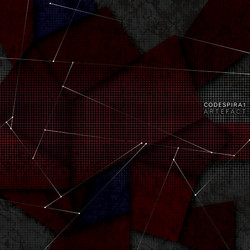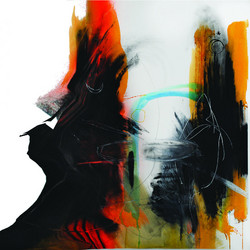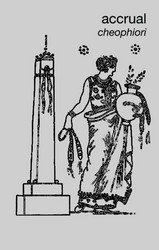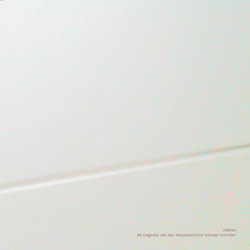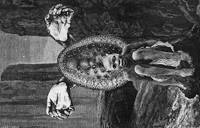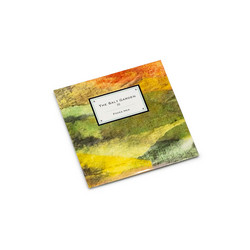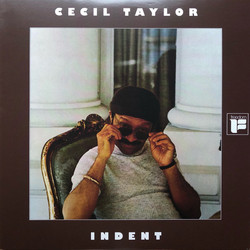* Edition of 300. * Collaboration is key to the practices of both musicians. Both Rimbaud and De Waard exhibit long histories of collaborating with others from very different fields. They both understand that the ability to exchange and share ideas is crucial, and how these collaborations allow both parties to work as both negatives and positives of each other, recognising spaces within the work fields and ideas. It teaches the respect of space and the relevance of context and extension of one to the other. Interestingly, despite the advent of digital technologies, file sharing and the ability to exchange material online, Rimbaud and De Waard agreed to make a return to their roots. The discovery that they both owned Fostex 280 four-track tape machines led to this musical conversation, where works were recorded in isolation, Rimbaud in the UK, De Waard in The Netherlands. The cassette tapes were then exchanged in the post and subsequently worked on. Neither could anticipate how the other might respond.
Both musicians used a combination of music instruments at their disposal. For Rimbaud he used the quirkily named Ellitone Farm Detective Ultrarollz, and Little Boy Blue by Flower Electronics, both of which are creatures that cannot be tamed. Cheap DIY machines that produce something unpredictable. De Waard uses the trusted Modelbau gear, ranging from iPad synths to the Korg Monotron and his usual cheaper than cheap Chinese pedals. Both musicians chose the final recordings, but with very different results. Tape speed could be altered, and channel volumes could be adjusted , so in some ways, there are literally hundreds of ways the listener could experience these recording sessions. In a sense, Loess is just one interpretation out of many.
The results are startlingly enticing. Time seems to lengthen, and the interplay of tones and overtones create rich pathways of sound. There is a sense of space and form that envelops each piece. Unusual textures combine to form an elemental whole. At points, it’s both equally serene and shadowy, hypnotic and poetic. Tape hiss at times enters the sonic conversation, reminding us of the source of these materials, but never distracts. Rimbaud and De Waard offer listeners an album using old-fashioned techniques, music recorded directly to tape, that penetrates through time and space, leaving us with this resplendent and absorbing moment to embrace.
Music by Robin Rimbaud & Frans de Waard
Mastered by Jos Smolders
Graphic design by Rutger Zuydervelt
Image courtesy of NASA
Production by Sietse van Erve
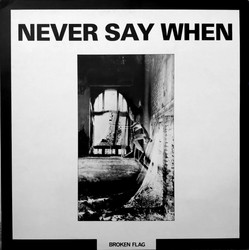

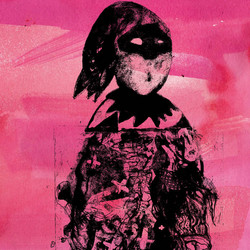



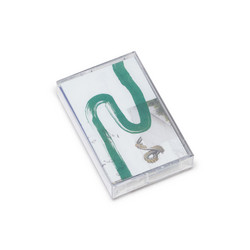


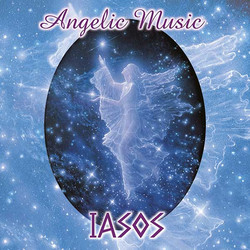
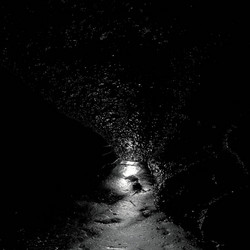

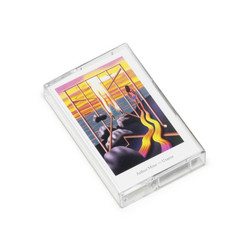
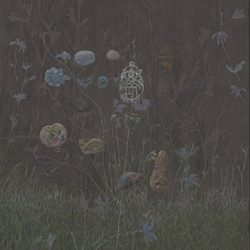
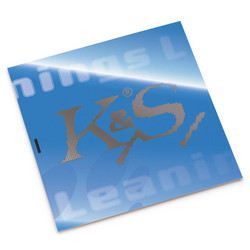

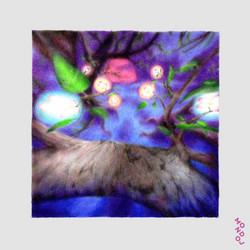
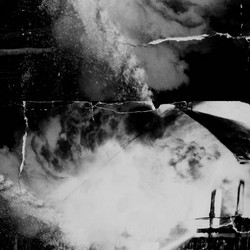
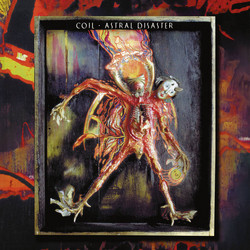
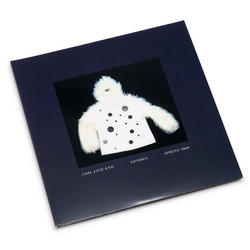
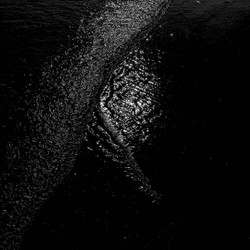
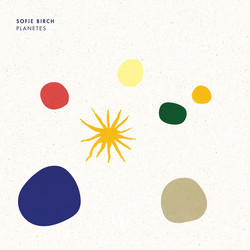
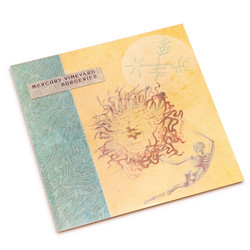
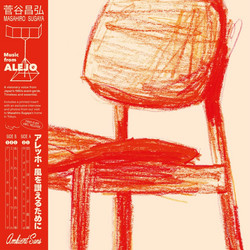
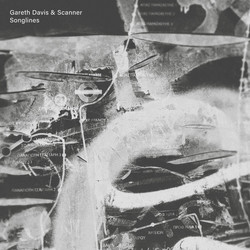
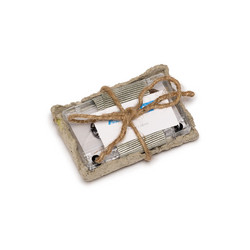
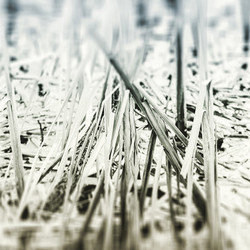
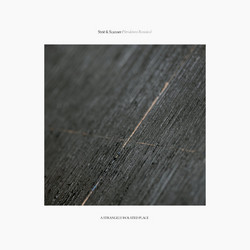
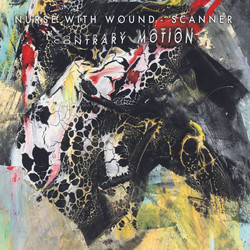
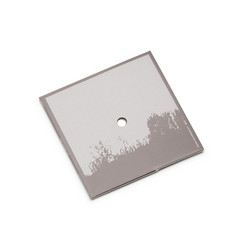
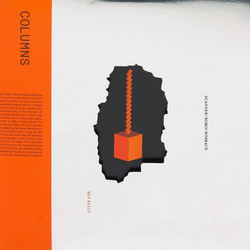
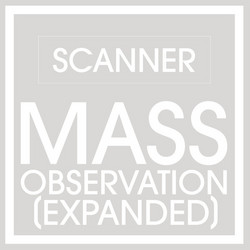


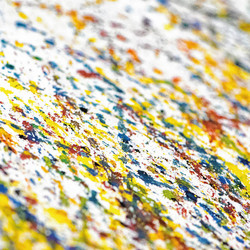

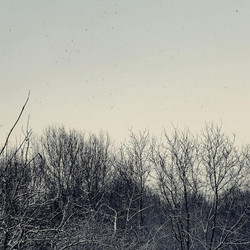
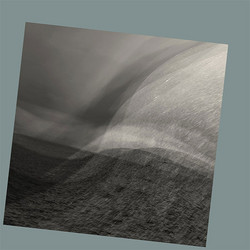






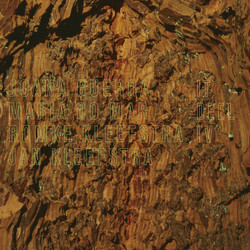
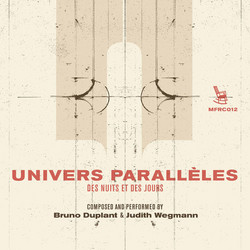
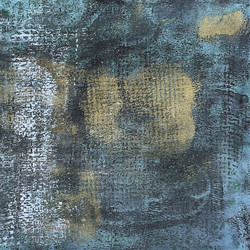


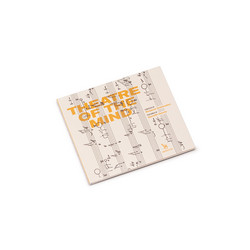
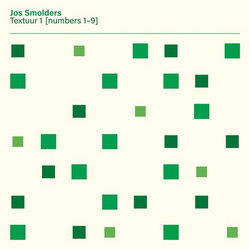
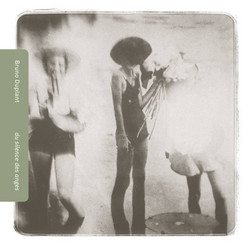
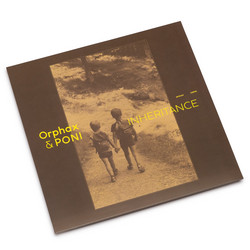



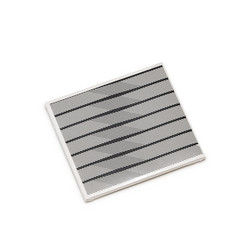
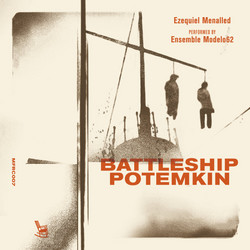
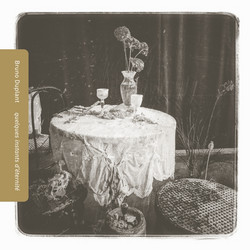

![dp[a] + hsh](https://cdn.soundohm.com/data/products/2022-02/a2879594053_10-jpg.jpg.250.jpg)

